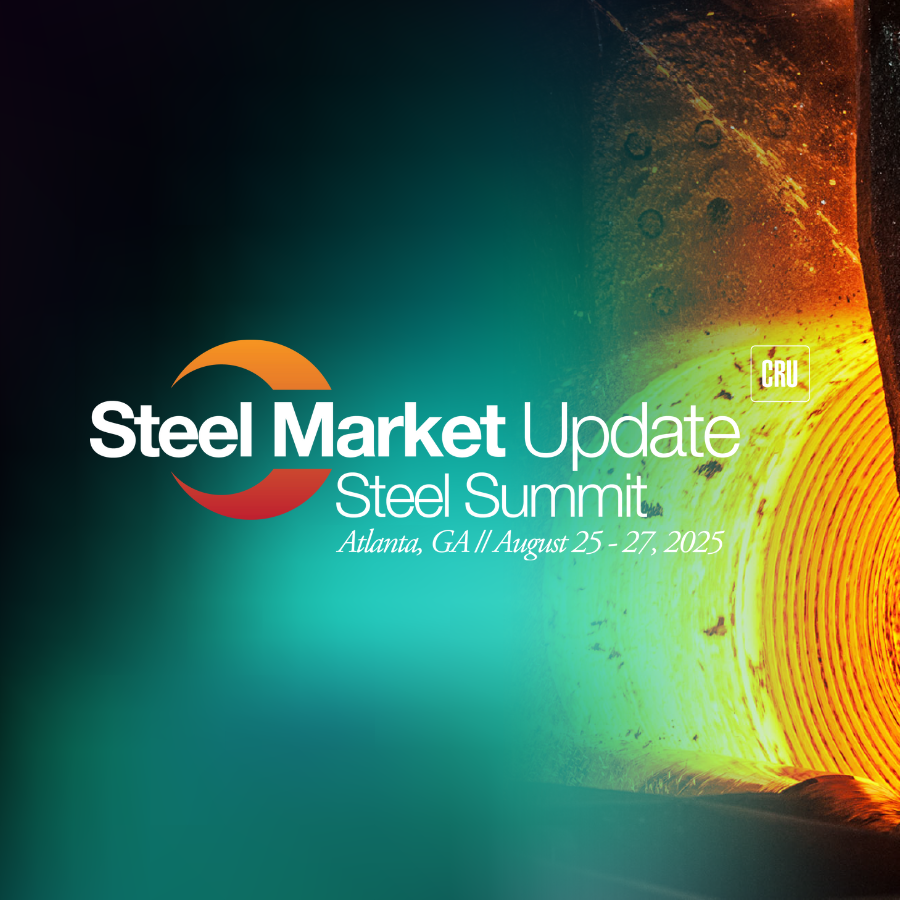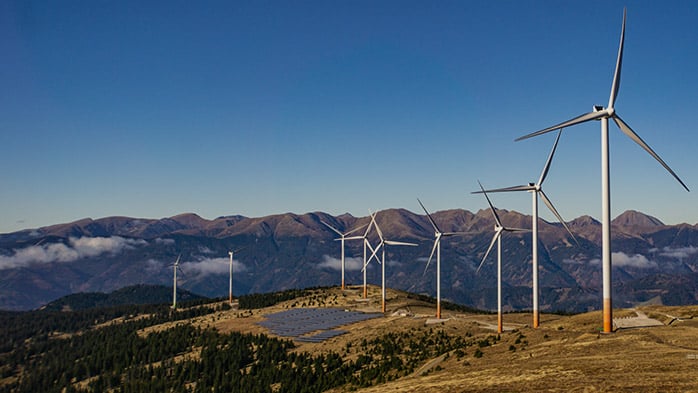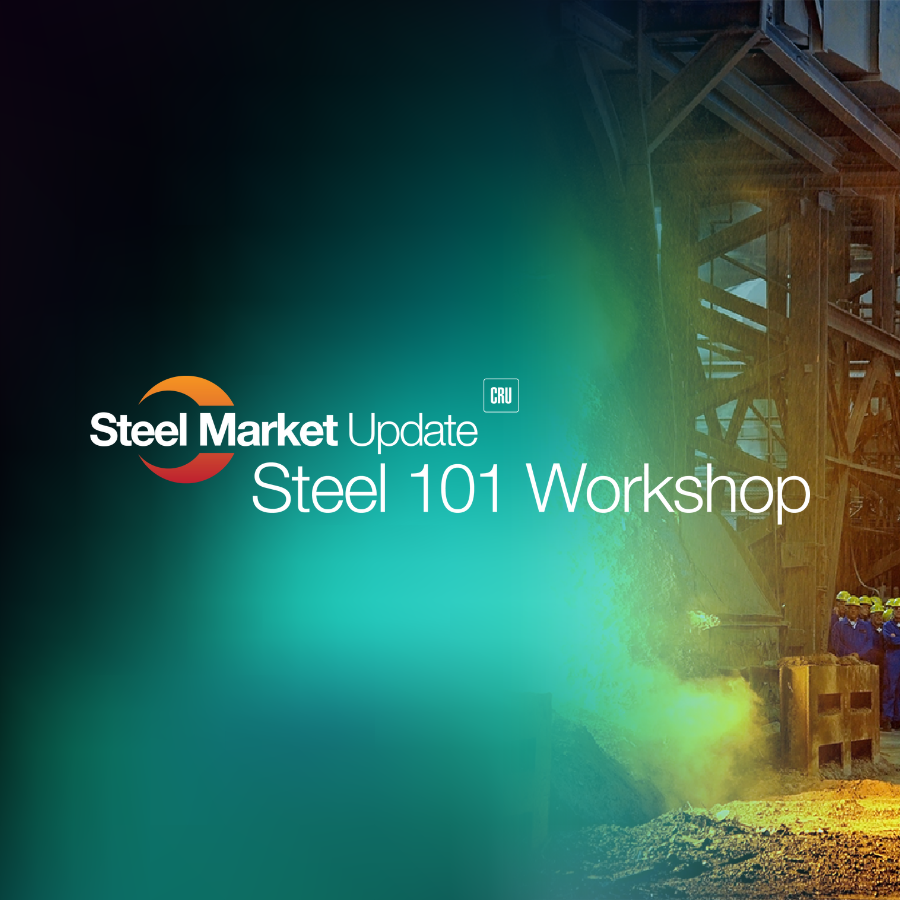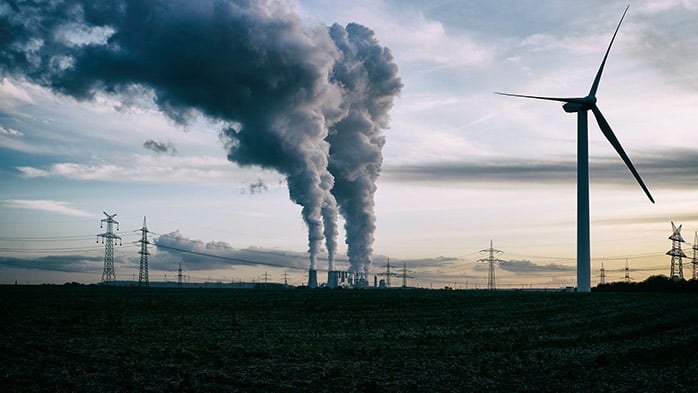In recent months we have seen British Steel in the UK go into administration and ArcelorMittal make cutbacks to European production targets.
The profitability of the steel industry globally has fallen from high levels in 2017 and 2018, but the European steel industry faces added pressure from CO2 costs under the EU Emissions Trading Scheme (EU ETS) and this is at least partly to blame for recent decisions.
Between 2013 and 2017 the EU ETS carbon allowance price (EUA) averaged less than €6 /tCO2 and its impact on marginal costs and steel mill operating decisions was manageable, if not negligible, particularly in the high profit environment of the last two years. However, since early-2018, the CO2 price has risen to €26 /tCO2 (i.e. equivalent $29 /tCO2). The net impacts on the steel industry are partially offset by free allocations. However, the policy rules on this are tightening up, increasingly requiring producers to purchase permits to cover emissions from their production. (a trend outlined here).
The bottom line is the EU ETS is now having a significant impact on marginal costs in the steel industry and, therefore, available markets. Coupled with the very high pellet premium, to which the European industry is exposed to a greater degree than other regions, the high CO2 price is now constraining the operating capacity that is accessible to European steel players. This constraint on capacity utilisation is undermining the underlying cost structure of large integrated mills and this will impact on their long-term viability. Expected higher CO2 prices and increasingly lower free allocations will accelerate this effect.
Why the CO2 price matters more now than ever
The chart below shows clearly why the CO2 price matters more today than it has done over the last five years or so. This chart shows the CO2 price in Europe since 2016 overlaid with the profitability of the European steel industry over the same time period and demonstrates a very clear transition in 2018 Q4.
Prior to 2018, the CO2 price averaged <€6 /tCO2 but profitability of the European steel industry, whilst not spectacular, remained above 5% EBITDA for much of that time. Profitability improved in 2017, primarily as a result of supply-side reform in China but, since late-2018, profitability in Europe, and globally, has fallen.
The fall in profitability in the steel industry coincided with an increasing CO2 price that reflects the introduction by the EU of a ‘Market Stability Reserve (MSR)’, designed to reduce the overall surplus of allowances in the market that was bearing down on prices. Further regulatory changes are anticipated as part of Phase IV of the EU ETS, which take effect beginning in 2021. The policy changes and their potential implications for future carbon prices are discussed further here.
How CO2 charges affect marginal costs
Because of the risk of carbon leakage (i.e. steel production moving offshore to regions where CO2 is not charged), the European steel industry receives free allowances for most of the CO2 that it emits, dependent on mill configuration and CO2 emission performance. From this perspective it might be assumed that CO2 will have had little impact on average costs and so the industry would not have been disadvantaged. Whilst this may be the case, there is a more significant and direct impact on marginal costs that is larger the higher the CO2 price and this is now beginning to show itself in production decisions.
The chart below is illustrative of the average and marginal cost functions of a steel mill. This shows the average costs falling as capacity utilisation rises, driven by better coverage of fixed costs and improved efficiencies at higher volumes. It also shows the equivalent marginal cost function. Assuming a steel mill receives 100% of its CO2 allocation for free, then average costs at full production will not change, no matter what the CO2 price. However, the marginal cost function will lift, as shown in the second chart. Assuming a steel mill emits ~1.8 tCO2/t of steel then, at a CO2 price of €26 /tCO2, the marginal costs of production will rise by €47 /t, or $52 /t. This effect is real because, by operating at a certain level of production, the steel mill is choosing not to sell the free allocation of CO2 credits at its disposal, as such, its marginal cost of production has lifted. This would be true no matter what the actual level of allocation).
Marginal tonnes of steel are also supported by purchases of pellet and other higher cost inputs, therefore, the very high pellet premium today, to which the European steel industry is particularly exposed because of its high level of pellet usage, raises marginal costs further.
The importance of this lifting of marginal costs becomes obvious when overlaid with a typical revenue curve, as illustrated in the chart below.
Under given market conditions (i.e. in which the steel price is fixed at a certain level dependent on supply/demand conditions), as marginal costs lift, the capacity utilisation level at which a steel mill is prepared to operate falls. Our preliminary analysis suggests that at a CO2 price of €30 /tCO2 (i.e. close to the current price) the accessible capacity available to a European steel mill may have fallen by ~10%. An integrated steel mill needs to achieve a minimum level of production to take full advantage of production efficiencies and to reduce unit fixed costs, but rising CO2 prices and a deteriorating market are undermining the ability of the European steel sector to achieve this.
Under future scenarios, we can see the CO2 price rising to €50 /tCO2 or higher, which will lift marginal costs further and reduce still more the viable capacity available to an individual steel mill, thus undermining the ability to achieve efficient production levels.
Under more profitable conditions (i.e. essentially lifting the revenue line in the above graph), such as those in the recent past, or with a lower CO2 price, this effect will have been less apparent as the marginal revenue and cost lines will cross at higher levels of capacity utilisation. However, now that the steel market has deteriorated and CO2 prices have lifted, this effect is beginning to bite and we can see the impacts in recent announcements.
Final comments
The EU appears committed to policy reform to deliver higher and more stable carbon prices to support its goals on climate change. Recent changes to the policy rules have significantly driven up prices and further changes are afoot as part of Phase IV post-2020, including progressively less generous free allocations. This is discussed in more depth in here.
The European steel industry is feeling the impact of higher CO2 prices. Higher marginal costs mean that, under given steel market conditions, the capacity accessible to a European steel mill is now structurally lower and this effect will worsen as CO2 prices rise further. This will undermine the European steel industry’s ability to operate at minimum efficient scale and is likely to reduce the viability of existing operations.
More broadly, looking to the future, as EU ETS prices begin to bite, calls for measures to help level the industrial playing field are likely to gather momentum, for example, see a recent open letter by Eurofer. Imposing tariffs on carbon contained in imports of primary materials that are not subject to a comparable carbon price increasingly feature among the policy options. This could impact international steel trade flows decisively.
















